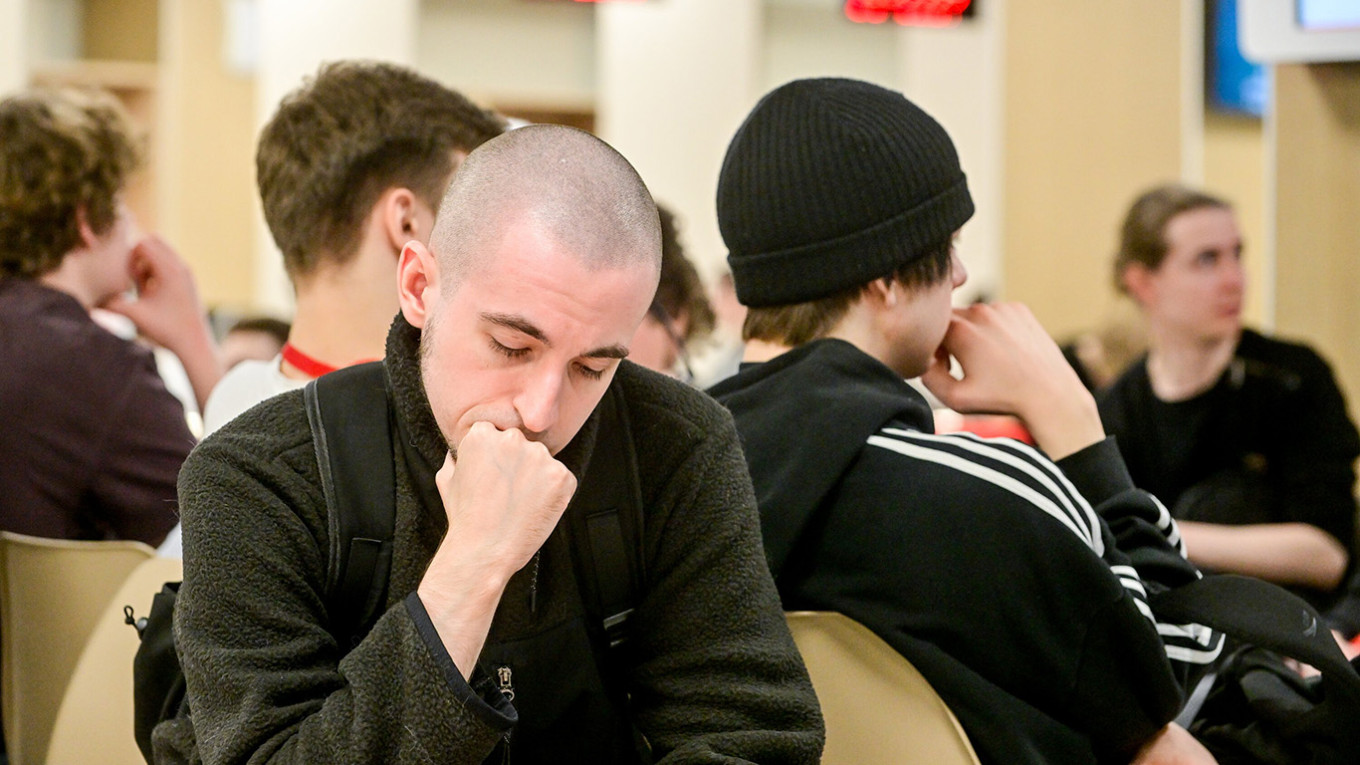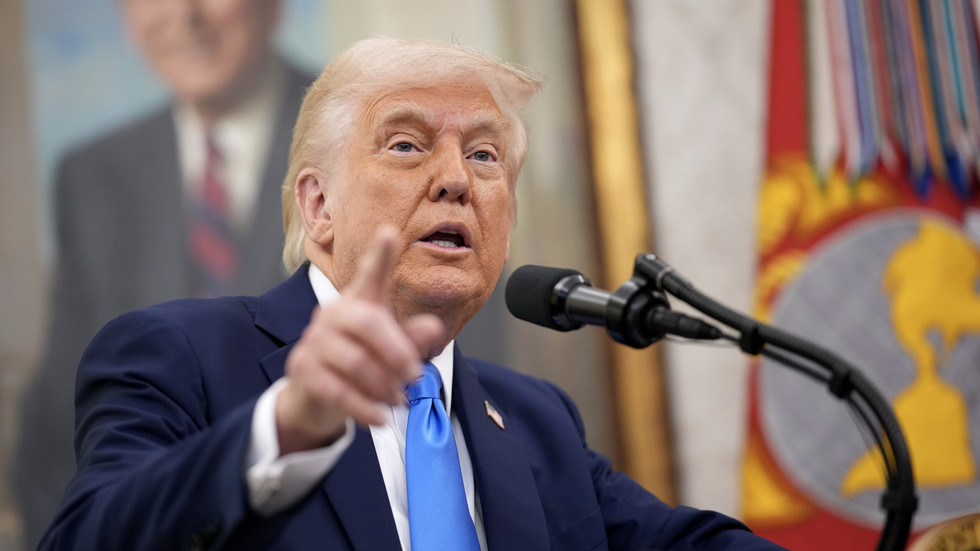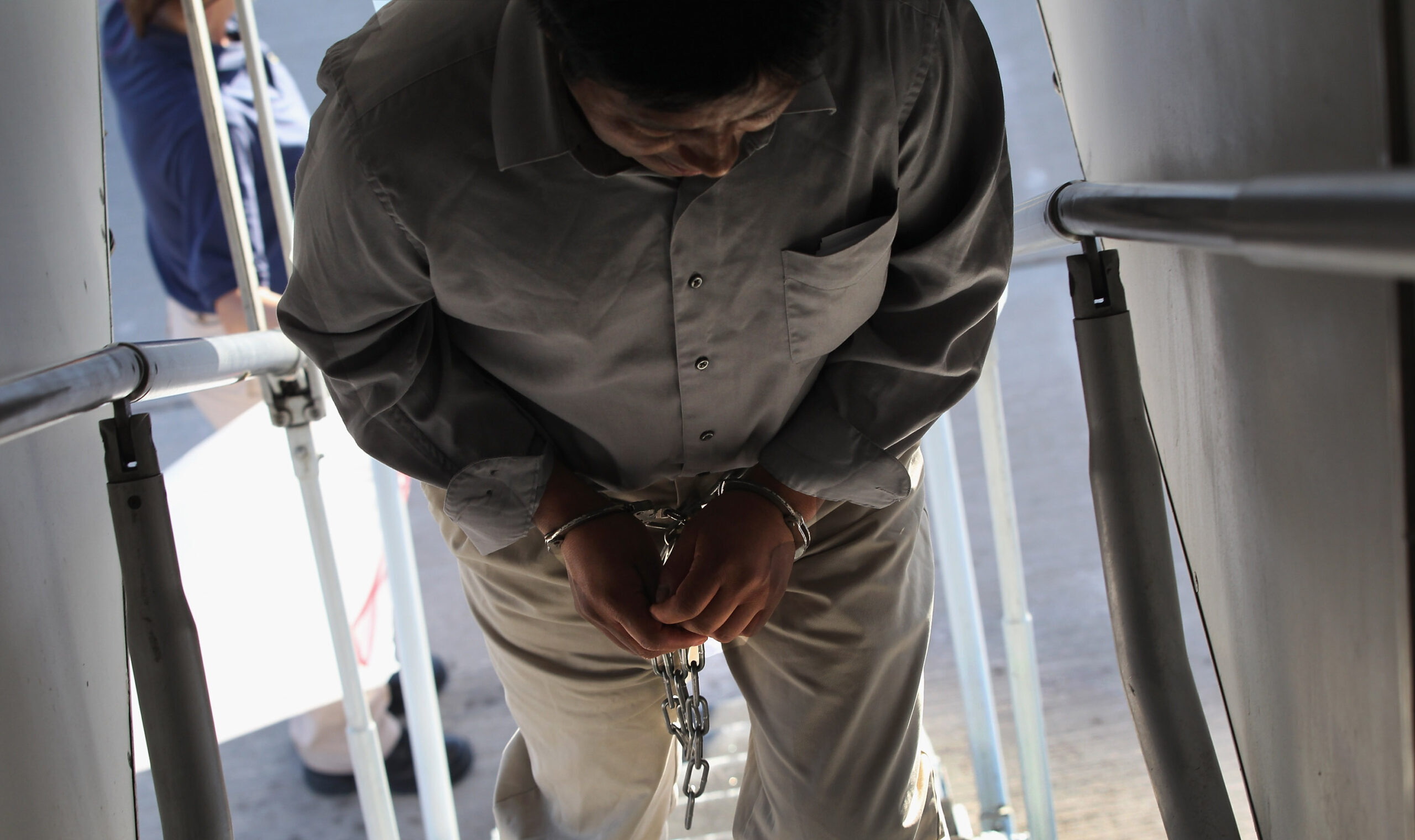 Conscripts at a military enlistment office in Moscow.
Sergei Kiselev / Moskva News Agency
Conscripts at a military enlistment office in Moscow.
Sergei Kiselev / Moskva News Agency
Russia has launched the spring conscription of 160,000 servicemen, marking an increase from previous drafts amid its war on Ukraine and ongoing peace talks with Washington.
The Kremlin and the Defense Ministry both insist that Russian conscripts will not be deployed to combat and that the call-up is unrelated to the conflict in Ukraine.
However, as the war drags on for a fourth year, many remain skeptical of the Kremlin’s promises.
The Moscow Times explores the spring military draft:
Conscription
Russia holds two annual conscription cycles in the spring and autumn, with men aged 18-30 eligible for service. This spring’s conscription campaign will run from April 1 to July 15.
Monday’s decree signed by President Vladimir Putin outlined plans to draft 160,000 men this spring, an increase from 150,000 in 2024 and 134,500 in 2022, the year Russia launched its full-scale offensive against Ukraine.
The age cap was also raised from 27 in 2023, expanding the pool of eligible draftees.
Russia has also implemented a registry for electronic draft notices, with the notices going out across the country from April 1, 2025. This system is intended to make it harder for draft-eligible men to avoid military service — as previously, military summons had to be delivered in person.
With the digital database, a draft notice is automatically considered served one week after its posting. From that moment, the conscript cannot leave the country. If he fails to appear at the enlistment office within 20 days, he will face legal restrictions including a driving ban and being disqualified from taking out loans and selling or buying real estate.
Instead of compulsory military service, men can apply for alternative civilian service, which involves full-time work. This exception can be granted, for example, if military service contradicts the draftee's beliefs or religious views or if the person belongs to an indigenous minority.
Boosting the army
While the Defense Ministry maintains that its twice-yearly conscription is unrelated to the conflict in Ukraine, Russia has ramped up efforts to recruit professional contract soldiers, offering high salaries — in some cases, conscripts also may be persuaded to sign contracts with the Defense Ministry after being drafted.
Until April 2023, Russian law prohibited men from signing military contracts immediately after high school. They first had to serve at least three months as conscripts or complete technical school or university studies.
However, amendments passed by the State Duma that year allowed 18-year-old men to sign contracts immediately after graduating high school. These new recruits can be deployed to the front just four weeks after enlisting. Under a presidential decree, those who sign military contracts cannot terminate their contracts and leave the front until the war in Ukraine is over.
In a broader move, Putin last year ordered the expansion of Russia’s active-duty military to 1.5 million troops — an increase of approximately 180,000 personnel.
Rumors that the Kremlin may launch a second “partial” mobilization for the war in Ukraine like that of September 2022 have not panned out, as doing so would carry high political risks.
Draft and war in Ukraine
Despite assurances from Putin at the start of the war that conscripts would not be sent into battle, at least 159 Russian draftees have been killed since the beginning of the invasion, according to open-source data collected by BBC Russian last year.
At the beginning of the invasion, conscripts were present in some of the attacking Russian units. By March 2022, the Defense Ministry admitted that conscripts had indeed been deployed. Following a military prosecutor's investigation, Russia acknowledged that at least 600 conscripts were sent to Ukraine.
Further evidence of conscripts in combat came when the missile cruiser Moskva sank in April 2022 with conscripts on board. The ship was apparently in Russian waters during the incident.
As the Moskva cruiser’s sinking showed, while the Russian military refrains from sending conscripts into direct combat, these men can be tasked with guarding border positions in Russia and annexed Crimea.
When Kyiv launched its cross-border incursion into Russia’s southwestern Kursk region in August 2024, at least 25 Russian conscripts were killed, according to the independent media outlet Vyorstka.
The average age of those killed was 20. They came from 18 Russian regions including the southern Rostov and Krasnodar regions, the republic of Bashkortostan and the Altai region, as well as the northern Vologda region.
A Message from The Moscow Times:
Dear readers,
We are facing unprecedented challenges. Russia's Prosecutor General's Office has designated The Moscow Times as an "undesirable" organization, criminalizing our work and putting our staff at risk of prosecution. This follows our earlier unjust labeling as a "foreign agent."
These actions are direct attempts to silence independent journalism in Russia. The authorities claim our work "discredits the decisions of the Russian leadership." We see things differently: we strive to provide accurate, unbiased reporting on Russia.
We, the journalists of The Moscow Times, refuse to be silenced. But to continue our work, we need your help.
Your support, no matter how small, makes a world of difference. If you can, please support us monthly starting from just $2. It's quick to set up, and every contribution makes a significant impact.
By supporting The Moscow Times, you're defending open, independent journalism in the face of repression. Thank you for standing with us.
Continue
![]()
Not ready to support today?
Remind me later.

 By The Moscow Times | Created at 2025-04-02 15:05:26 | Updated at 2025-04-04 05:34:25
1 day ago
By The Moscow Times | Created at 2025-04-02 15:05:26 | Updated at 2025-04-04 05:34:25
1 day ago









